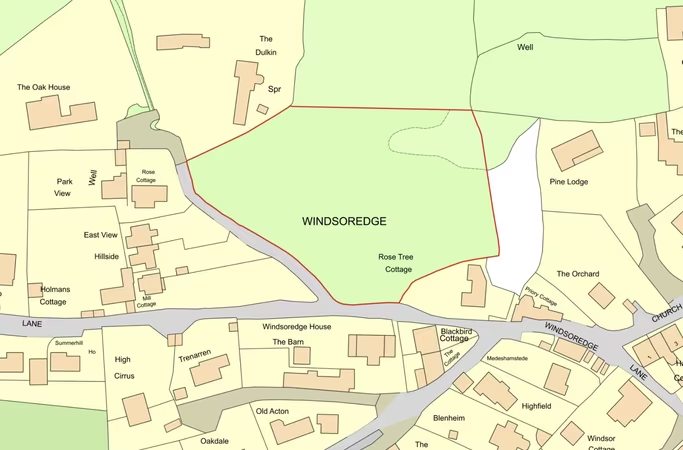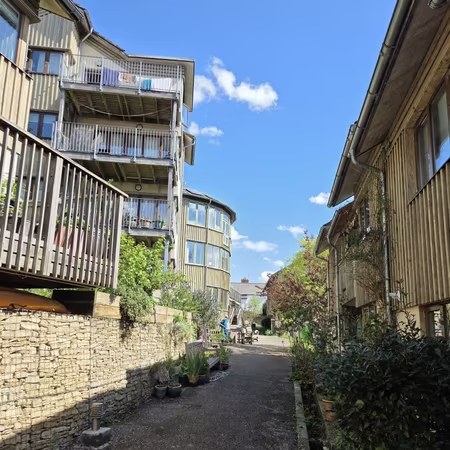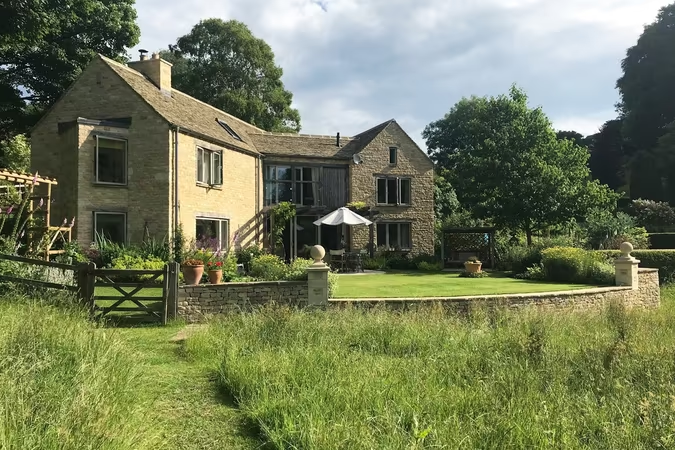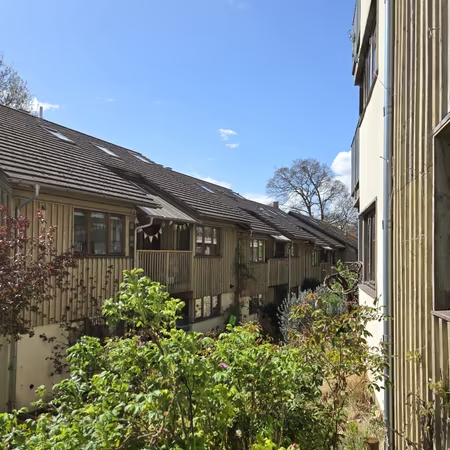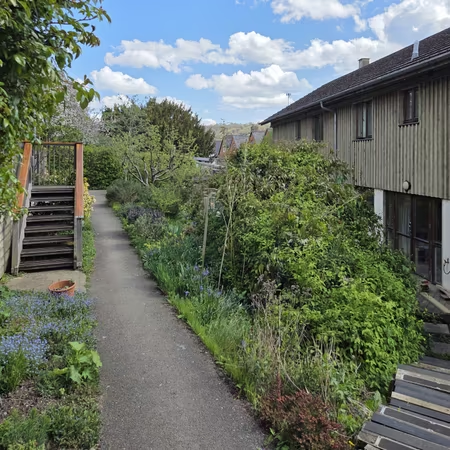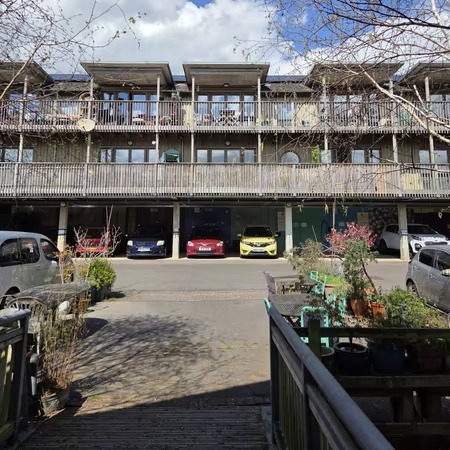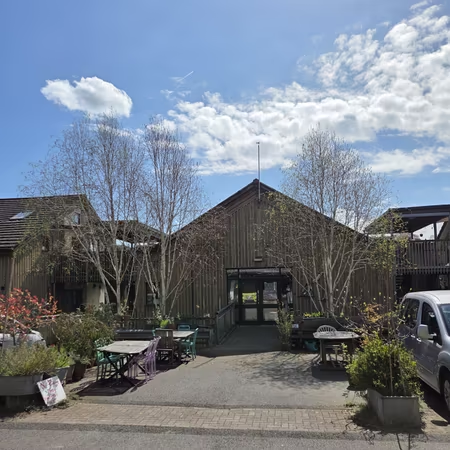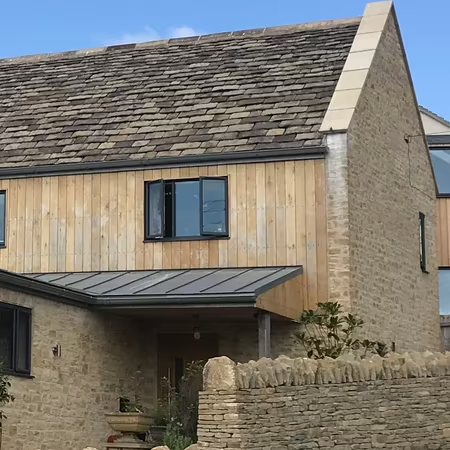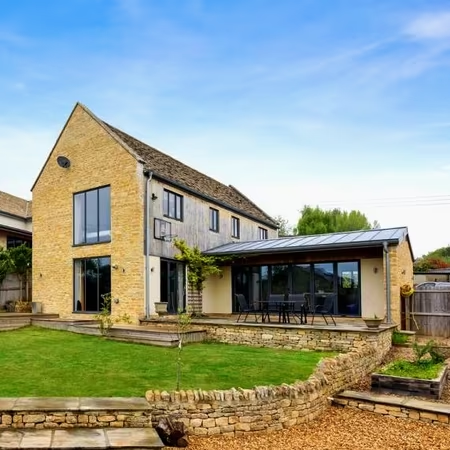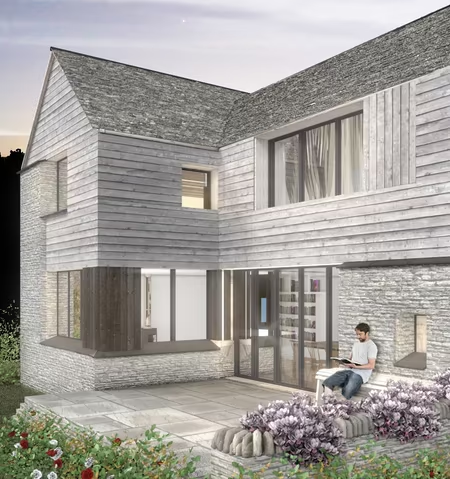Self-Build Plots and Completed Builds in Stroud
Stroud has long attracted those who wish to shape their own homes with a certain quiet integrity - a landscape of valleys and commons where self-build feels less like an anomaly and more like a natural unfolding of place. Here, plots often carry the layered memory of industry and hillside pasture, inviting builders to listen as much as to design. To walk its lanes is to sense how dwellings can grow in sympathy with both topography and community, each house part of a larger conversation - as if structure and story were never fully separate.
Local Architectural Character
Architectural Language
Stroud’s houses, whether centuries-old cottages or contemporary self-builds, often share a sensitivity to slope, light, and modest scale. The traditional vernacular is marked by gabled roofs, compact forms, and an almost organic way of stepping with the hillside. Newer architecture tends to reinterpret this rhythm — simple geometries that hold their ground without shouting, often with large openings to frame valley views. Across periods, there is a continuity of restraint: buildings tend to settle into the landscape rather than dominate it, with design decisions driven as much by terrain and orientation as by style.
Materials
The most enduring signature is the honey-grey Cotswold limestone, rough-hewn or coursed, which still anchors much of the town’s identity. Traditional slate and stone tiles ripple across rooflines, echoing the folds of the valleys. Contemporary builds frequently borrow this palette but lighten it: timber cladding that weathers into the hillside, glass that dissolves walls into sky, and recycled brick or steel used sparingly for structure. The effect is rarely flashy; instead, materials are chosen to belong - to weather, soften, and become part of the patina of Stroud itself.
Recent Successful Self-Build Appeals in Stroud
Self-build and Custom Build planning appeals that have been allowed in Stroud.
| Appeal ID | Status | Address | Decision Date |
|---|---|---|---|
| Allowed | Briarfield House, Stroud Road, Painswick, Gloucestershire, GL6 6RS | 1/16/2025 | |
| Allowed | Land North Of Windsoredge Lane , Nailsworth, Gloucestershire, GL6 0NP | 7/17/2024 |
Planning Authority Map
Explore the planning landscape in Stroud
Explore UK Self-Build Map
View all self-build opportunities across the UK on our interactive map.
Questions & Answers about Self-Build in Stroud
Why is Stroud a great place to self-build?
Stroud’s Five Valleys offer dramatic plots, long views and a strong craft culture—ideal for one-off homes. There’s a deep pool of eco-minded Stroud architects and a planning authority used to context-led contemporary design.
Where do self-builders typically find plots around Stroud?
Garden subdivisions, replacement dwellings and small infill sites in Stroud, Stonehouse, Rodborough, Woodchester, Chalford, Nailsworth, Minchinhampton and Painswick. Old yards/outbuildings and edge-of-settlement gaps can also work with the right access and design.
How does the Cotswolds AONB (Cotswolds National Landscape) affect my project?
Much of the district is designated, so proposals must be landscape-led with careful massing, materials and ecology. Sensitive siting and strong detailing are essential to planning success.
Do conservation areas rule out contemporary design?
No. Conservation areas require development that enhances local character. Crisp modern architecture that respects local proportions, materials and rhythms can perform very well.
What site and access issues are common in the Stroud valleys?
Steep slopes, springs and narrow lanes. Early topo, drainage and access studies de-risk costs and inform construction logistics (crane positions, deliveries, temporary trackways).
How do I choose the right architect in Stroud?
Prioritise AONB/conservation experience, proven local planning wins and a robust sustainability track record. Ask to see built valley projects and clarify who leads your job day-to-day.
Can I split my garden to create a self-build plot?
Potentially—if you can achieve safe access, maintain privacy/amenity and fit the street’s character. A quick appraisal with sketch massing will show if it merits a pre-app.
What materials work best in Stroud’s context?
Cotswold stone, lime render, timber cladding and muted metal roofs sit well in the valleys. Pair with high-performance fabric, quality glazing and careful junction detailing.
Are ecology and biodiversity a big deal locally?
Yes. Wooded valleys mean bats, badgers and rich habitats are common. Commission surveys early and bake biodiversity net gain into the design (hedgerows, raingardens, bird/bat boxes, ponds, green roofs).
Will I need a flood or drainage strategy?
Often. Valley bottoms and spring lines bring surface-water risk. Use sustainable drainage (permeable surfaces, swales, raingardens) and smart cut-and-fill to manage run-off.
How long does a Stroud self-build usually take?
Allow for surveys, pre-app, detailed design, planning, tender and a careful build on a tricky site. Typical timelines are 24–36 months depending on complexity and season.
Can I convert an existing rural building?
Often possible where policy allows and the structure is suitable. A feasibility check tests structural viability, access, amenity and landscape impact before you invest.
What does a Stroud-savvy architect actually do for me?
They lead plot appraisal, curate surveys, shape a valley-friendly concept and manage planning with Stroud District Council. They coordinate engineers/landscape, de-risk steep-site buildability and help you procure a quality local contractor.
Our friendly team is here to help.
info@livedin.co.uk
Office
Come say hello at our office HQ (by appointment only)
St Marys Mill, Chalford, Stroud, Glos
Phone
Mon-Fri from 9am to 5pm.
01453 733 913

